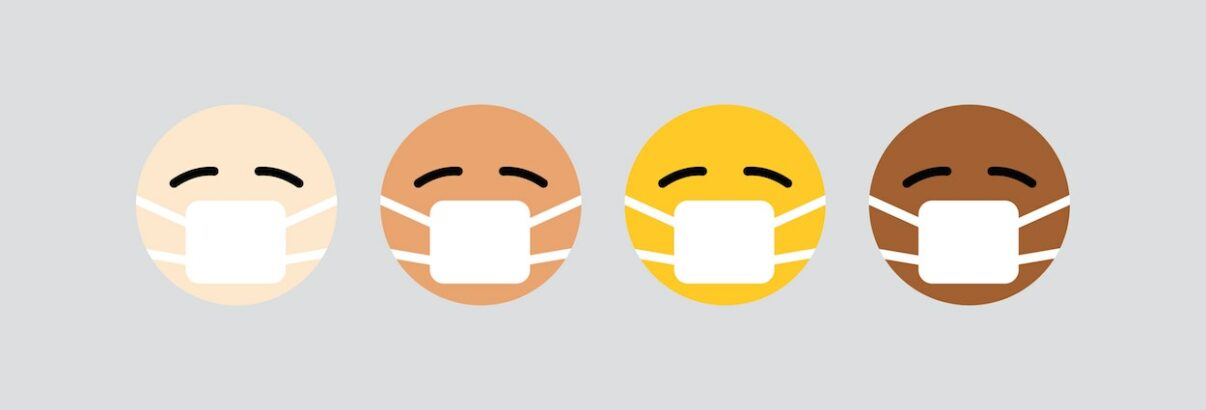Insights in the numbers – Latino population hardest hit
Valley of the Moon Staff Report
Since the coronavirus is too small to see without an electron microscope, our understanding of what it is and does is defined mostly by sets of constantly changing numbers. The data below was current as of Thursday, June 25, at which point five Sonoma County residents had died from the virus, with one death confirmed in Sonoma Valley.
Wrapped up in the numbers is one sobering, even shocking statistic: Latino citizens of Sonoma County, who comprise 27 percent of the population, now represent 76 percent of all infections.
Navigating a pandemic, however painful and clinical it may be on the personal level, becomes a process of compiling, analyzing and managing numbers. There are some important – and sobering – insights in those numbers, not just about the virus, but about the social, cultural, economic and medical environment the virus occupies.
Locally, figures released by Sonoma County Public Health officials June 25, revealed 974 confirmed cases, representing 0.19 percent of the total county population of just over 509,000. Of those, 514 people had recovered, 455 were active (still sick) and five people had died, all of whom were over the age of 65. The most recent fatality, reported to have died Sunday, June 21, was a resident of a Sonoma skilled nursing facility, described as an “elderly man” by county health officials. As is current practice, neither the name of the victim nor the facility was released.
The biggest single-day increase in active cases since reporting began occurred June 22, with 50 new cases. Senior living sites have accounted for 40 new cases since June 1.
Sonoma Valley (from Kenwood south) has the second lowest number of confirmed cases among the five epidemiological regions designated for the county by the Public Health department, with 68 infections (7 percent of the county total) as of June 25. The West County region, including Sebastopol and Guerneville, had the lowest number, just 30 cases, or three percent of the total.
The largest number of cases, by far, have occurred in the 25-44 years age group, which accounts for 41 percent. The smallest infected age group is seniors over the age of 75, with three percent.
With about 191 cases per 100,000 residents, Sonoma County’s case numbers (and deaths) fall at the low end of the nine Bay Area counties.
Here’s the recent breakdown:
- Sonoma County: 191.3 cases per 100,000 population; 5 deaths.
- Napa County: 175.5 cases per 100K; 4 deaths.
- Solano County: 241.9 cases per 100K; 23 deaths.
- Contra Costa County: 226.2 cases per 100K; 72 deaths.
- Alameda County: 326.7 cases per 100K; 128 deaths.
- Santa Clara County: 198.6 cases per 100K; 154 deaths.
- San Mateo County: 392.3 cases per 100K; 104 deaths.
- San Francisco County: 378.5 cases per 100K; 48 deaths.
- Marin County: 387.4 cases per 100K; 18 deaths.
The ethnic statistics are among the most disturbing, with Latinos representing 76 percent of all Sonoma County cases, and close to 57 percent of all cases statewide. White people, who represent close to 65 percent of Sonoma County’s population, comprise just 19 percent of all cases.
Statewide, the Hispanic/Latino population is about 40 percent of the total, but represents 74 percent of all COVID-19 deaths.
Males and females have almost identical rates of infection in Sonoma County (53/47) and hospitalization (5 percent for both males and females), and 22 percent of males had underlying conditions, while the rate was 28 percent for females.
According to the County’s June 25 statistics, 78 percent of those infected had no underlying conditions. Among those who did have underlying conditions, 18 percent were current or former smokers; 10 percent had chronic lung disease; 7 percent had diabetes; 5 percent have some form of cardiovascular disease and 4 percent had hypertension.
The largest percentage by far of Sonoma County’s COVID cases has occurred in the 18-49 age group. Here’s a snapshot of the full age spectrum:
- 0-17 years: 16 percent
- 18-24 years: 12 percent
- 25-44: 41 percent
- 45-64 years: 22 percent
- 65 and above: 9 percent
As of mid-day on June 25, California as a whole had 195,587 confirmed cases, with 5,723 deaths, in a population of 39.5 million. That’s an overall infection rate of just under one-half of one percent of the state, and a death rate off 2.93 percent of all known cases.
In the previous 24-hour period, California saw a 4,850 increase in infections (2.5 percent) and 91 more deaths, an increase of 1.6 percent.
The U.S., with a total population of 328.2 million, had 2.4 million confirmed cases (0.74 percent of the population) by June 25, with more than 122,320 deaths, a fatality rate of about 5 percent of all cases.
Globally, by June 25, there were something over 9.5 million confirmed cases (slightly over 0.12 percent of world population), with more than 484,356 deaths, a fatality rate of about 5.1 percent. The fatality rate for the previous 24 hours was 5,169, which translates into roughly one COVID-19 death every two seconds around the globe. Blink, and there was another pandemic death.
At the state, national and global level, both cases and deaths are still on the rise – up 2.5 percent in California, 1.5 percent across the U.S. and 1.8 percent globally over the previous 24 hours. All of which suggests that whatever urgency citizens of the world are feeling about emerging from the pandemic bubble and returning to “normal” life, the risk is not going away; it’s increasing.

